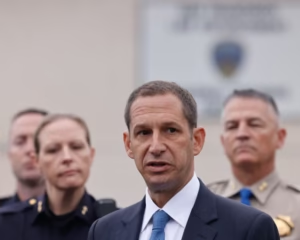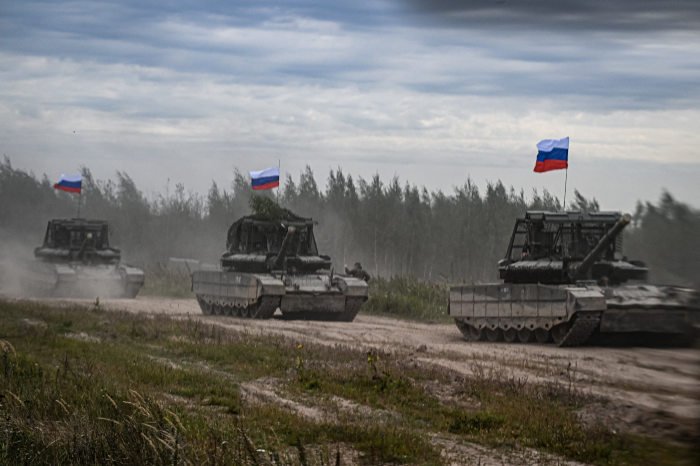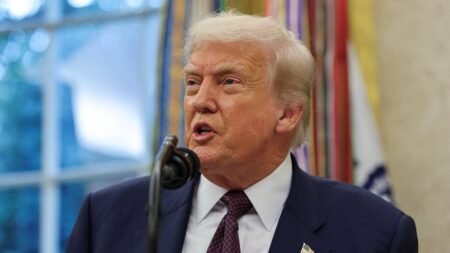Russia has made a rare diplomatic move by inviting U.S. military officers to observe parts of its large-scale war games conducted jointly with Belarus. The exercises, taking place near NATO’s eastern border, involve thousands of troops and demonstrations of advanced weaponry, including nuclear-capable systems.
Officials in Moscow described the invitation as a gesture of transparency at a time of heightened geopolitical tension. By allowing U.S. officers to witness the drills, Russia appears to be sending a signal that it is willing to provide some openness despite strained relations with Washington.
The drills are among the largest Russia and Belarus have conducted in recent years. They include live-fire exercises, drone operations, cyber-defense maneuvers, and coordinated ground and air missions. Analysts suggest the scale and complexity of the exercises are designed not only to strengthen military readiness but also to showcase capability to both allies and adversaries.
The decision to extend an invitation to U.S. officers is unusual given the current climate of mistrust. Relations between Moscow and Washington remain deeply strained over the war in Ukraine, ongoing sanctions, and disputes over global security arrangements. Yet, the move indicates that Russia wants to demonstrate that its military activities are not hidden from international scrutiny.
Western officials are watching closely. While some view the invitation as a positive step toward reducing the risk of miscalculation, others caution that the drills themselves still project an image of intimidation, especially given their proximity to NATO territory.
Military analysts note that Russia has used similar exercises in the past to send mixed messages—promoting openness on one hand while displaying power on the other. The inclusion of nuclear-capable assets in the current war games underscores the dual nature of the signal: transparency combined with deterrence.
For Belarus, the joint exercises reinforce its growing role as a staging ground for Russian operations and a key partner in regional defense. Minsk has deepened its military cooperation with Moscow since the outbreak of the Ukraine conflict, providing logistical support and hosting troops for training.
U.S. officials have not yet publicly commented on whether they will accept the invitation or send representatives. Participation would give Washington direct insight into Russia’s military maneuvers but could also carry political risks at home, where engagement with Moscow is often viewed with suspicion.
The broader international community is expected to watch the outcome closely. If U.S. officers do attend, it could create a small channel for dialogue at a time when communication between the two nuclear powers has become increasingly limited.
Observers say the war games invitation comes at a delicate moment, as tensions between Russia and the West remain high. The gesture may not change the trajectory of strained relations, but it highlights that even in times of hostility, Moscow is willing to use symbolic acts to signal a degree of openness.
With large-scale exercises continuing near NATO’s borders, Russia’s decision to invite U.S. officers underscores both the risks and opportunities of military transparency in today’s volatile security environment.







